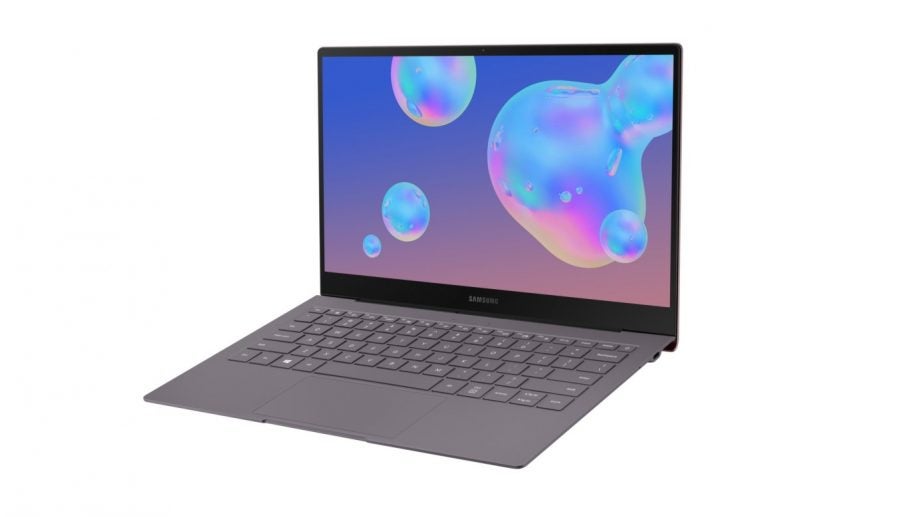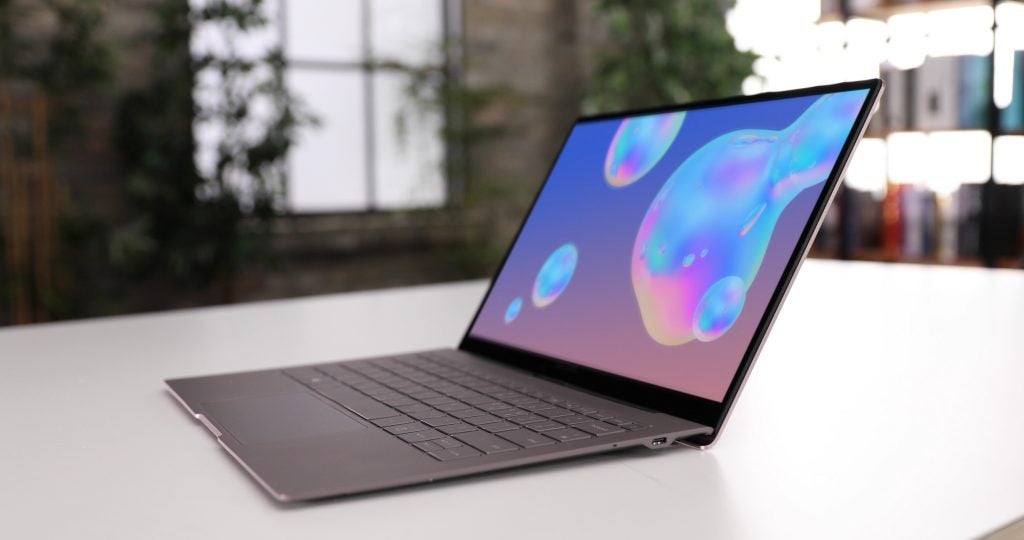Opinion: Samsung Galaxy Book S could be the future of computing, but it shouldn’t be so confusing

Today marks the big launch of three Samsung laptops in the UK. However, for the future of thin-and-light computing, all the focus should be on the new Galaxy Book S – an exciting device that, unfortunately, could actually baffle potential buyers.
The new Galaxy Book S is the first of its kind. While it is set to take on the likes of the Surface Pro X and Lenovo Yoga C630, the key battle – along with the key confusion – comes from inside Samsung’s original Galaxy Book S.
Related: Galaxy Book Ion
The newly announced Galaxy Book S model, which sports a new Intel Lakefield hybrid processor, was preceded by a Galaxy Book S that features an ARM-based Qualcomm Snapdragon chip. For most people, what I just said will mean squat and Samsung needs to fix this.
Side by side, the two devices look identical, aside from original Galaxy Book S featuring a slot for a SIM card. Samsung appears to be branding the new model as the Galaxy Book S (Intel) but, for the average person, the chipmaker does not define expectations.
Samsung doesn’t seem oblivious to the confusion that might be created from these two models, with important but hard to define differences. During our press briefing for the new UK range, Samsung was asked about what sets the models apart. Samsung defined the original Qualcomm model as the device for “connectivity” and the new Intel model as the device for “compatibility”.

Related: Galaxy Book Flex
While these descriptions are accurate, they ultimately hurt the goal of the Galaxy Book S by pointing out what is missing from each device. “Connectivity” for the original model highlights the lack of LTE support on the Intel version and “Compatibility” emphasises the lack of support for many 64-bit Windows 10 apps on the Qualcomm version. For the future of computing, we want a Galaxy Book S that does both.
When it comes to clearing up the confusion for consumers, these descriptions don’t help much either. The original Galaxy Book S may have some issues with compatibility but it doesn’t necessarily ruin the experience. For the new Galaxy Book S (Intel), LTE support is still rather new so it won’t necessarily be missed, but it does feel notably absent for such a forward-thinking laptop.
In their current state, these ultrabooks feel far too similar to easily market as two separate devices but, simultaneously, are different enough to inevitably cause confusion for potential buyers. In the future, Samsung will surely hitch their thin-and-light waggon to, either, an Intel or Qualcomm horse – and it can’t come soon enough.

